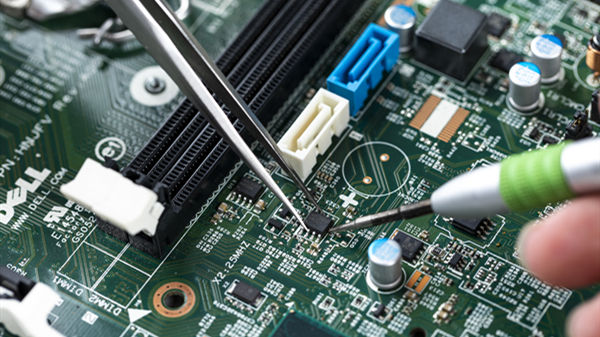CSE was established in 2008, has developed into a number of well-known brand IC independent distributors at home and abroad. All along, CSE has won a good reputation in the industry with its good reputation, excellent quality, competitive price, fast logistics and flexible operation mode. We has a large number of spot stock in Hong Kong and Shenzhen, and at the same time with the major brand manufacturers and agents to establish a good cooperative relationship. Adhering to the purpose of technology-based and market-oriented, we have accumulated rich experience in chip matching in mobile phone, automotive electronics, set-top box, netcom, industrial control automation and other fields, and can customize products and services for different customers. In addition, we can provide customers with a variety of value-added services, including stock consignment replacement, sluggish material disposal and so on, to achieve a win-win situation with customers. After years of market cultivation, We has become the industry leader!
